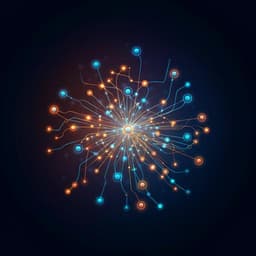
Medicine and Health
Neural circuit selective for fast but not slow dopamine increases in drug reward
P. Manza, D. Tomasi, et al.
This groundbreaking study reveals how specific brain circuits respond to the rate of dopamine increases during drug use, demonstrating a strong link to reported 'high' sensations. Conducted by leading researchers including Peter Manza and Nora D. Volkow from the National Institute on Alcohol Abuse and Alcoholism, the findings shine a light on the salience network's role in drug reward mechanisms.
~3 min • Beginner • English
Related Publications
Explore these studies to deepen your understanding of the subject.







